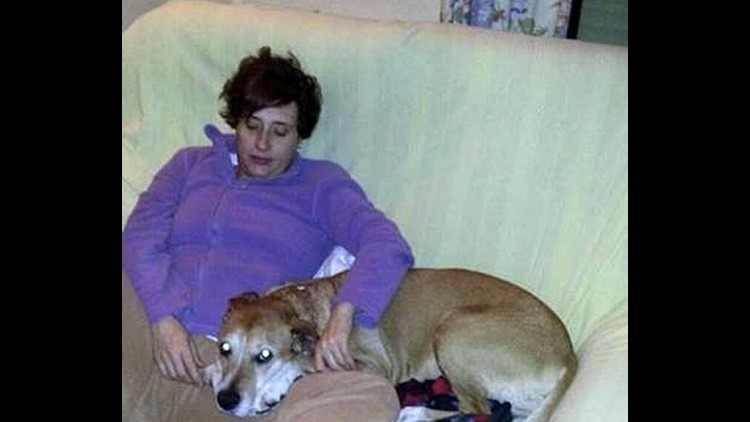(CNN) — The Spanish nurse’s aide who contracted Ebola after treating virus-stricken patients in Madrid is free of the virus, her doctors announced Tuesday after another test on her.
Teresa Romero Ramos is clear of Ebola, physicians at Carlos III hospital said.
An initial test showed there was none of the virus in her blood, doctors said Sunday. More tests were administered to be sure she was virus-free.
While Spain welcomes the good news about Ebola, the United States is doing more to help prevent the spread of the virus. The Department of Homeland Security said Tuesday that all arriving passengers from West African countries that Ebola has hit hardest — Liberia, Sierra Leone and Guinea — must land in one of the five U.S. airports that have enhanced Ebola screening.
Those airports are New York’s John F. Kennedy International, D.C.’s Washington Dulles, New Jersey’s Newark Liberty International, Chicago’s O’Hare International and Hartsfield-Jackson International in Atlanta.
On its website, the Department of Homeland Security shows how many people have been screened and then taken to health care facilities for further checks. JFK appears to be outpacing the other airports in screenings.
In Dallas, where two nurses contracted Ebola from a Liberian man they were treating, officials announced that a state-of-the art Ebola treatment and infectious disease biocontainment facility would be created in north Texas.
UT Southwestern Medical Center, Methodist Hospital System and Parkland Hospital System will work together on getting that center up and running. The hospitals are providing equipment and it will be staffed according to need, Gov. Rick Perry’s office said.
Perry’s task force on how to prepare the state for handling infectious diseases like Ebola had earlier recommended such a center be created.
Also, the University of Texas Medical Branch at Galveston has also been designated an Ebola treatment and infectious disease biocontainment facility, Perry’s office said.
Vaccine testing
Also Tuesday, the World Health Organization announced that testing was underway at the National Institutes of Health in Maryland for an Ebola vaccine. A trial for a second vaccine, initially developed in Canada, has started at the Walter Reed Army Institute of Research in Silver Spring, Maryland.
The goal is to launch vaccine trials in West Africa by January, said Dr. Marie Paule Kieny, the WHO’s assistant director general for health systems and innovation.
The initial vaccine tests are being given to volunteers in countries such as Mali, the United States and England. It is impossible to get Ebola from the vaccines, Kieny said, because they do not contain enough of the virus’ genetic material. But “there is no vaccine that has no side effects at all,” she added.
It’s not clear when vaccines could be distributed to the masses. That won’t be determined until after test results come in. When the testing reaches West Africa, candidates could include relatives of infected Ebola patients, Kieny said.
Debate over experimental drugs
The WHO said it is also visiting sites in the three countries most devastated by Ebola — Sierra Leone, Guinea and Liberia — to see which treatment centers could participate in the testing of experimental Ebola drugs.
But there is debate among medical ethicists about the drug trials — namely, whether to use placebos in testing.
While some say placebos are necessary to gauge the effectiveness of drugs, others say it’s unethical to withhold treatment for a disease with a mortality rate of about 50%.
CDC gives new guidelines
The news from the WHO comes a day after the Centers for Disease Control and Prevention issued updated Ebola guidelines, focusing on better protecting health care workers.
Dr. Tom Frieden, the director of the CDC, stressed the importance of more training and supervision, and he said no skin should be exposed when workers are wearing personal protective equipment, or PPE.
“We’re increasing the margin of safety with a real consensus guideline that has three key changes. One, training, practicing — demonstrated hands-on experience so that the health care workers are comfortable donning and doffing PPE. Two, no skin exposure. Three, observation of every single step, putting on and taking off the PPE,” Frieden said.



